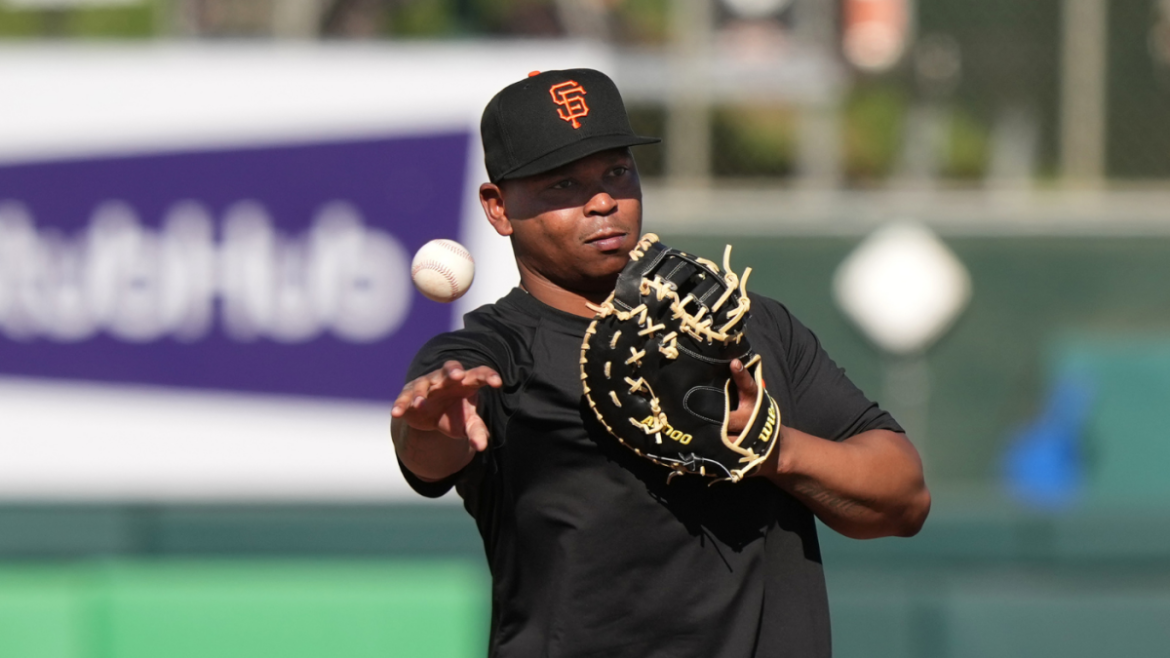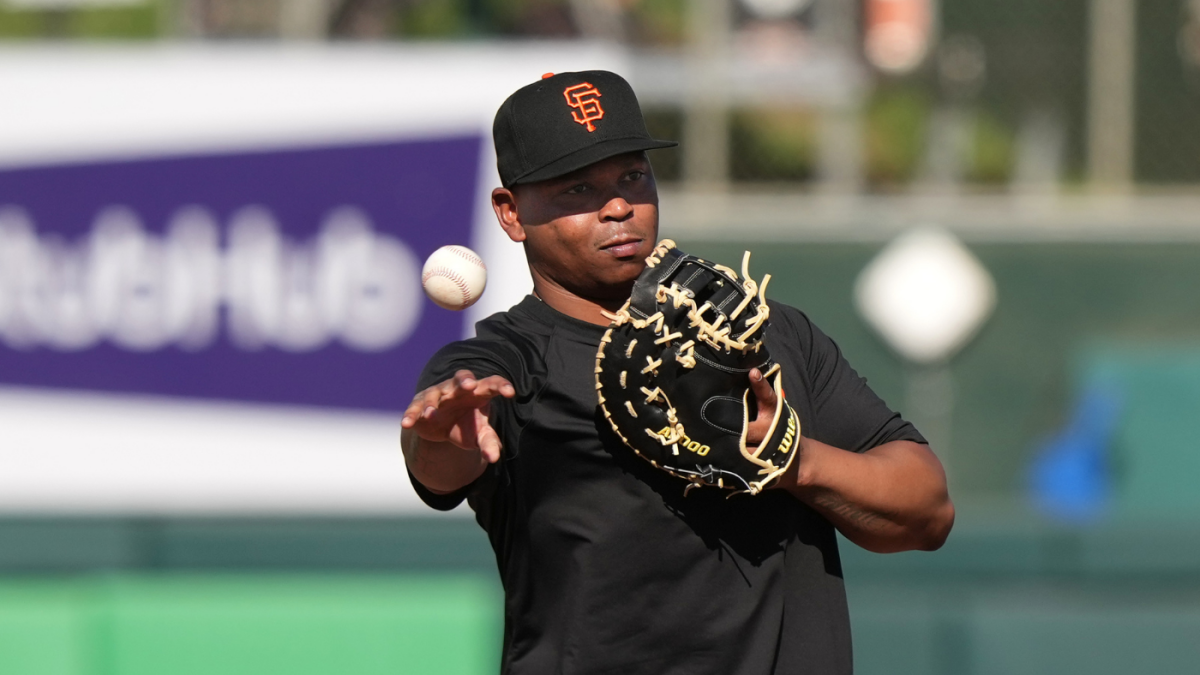The Curious Case of Rafael Devers and First Base: A Fresh Start in San Francisco
A New Chapter in a Star Player’s Career
Rafael Devers, the power-hitting infielder who once anchored the Boston Red Sox’s lineup, has embarked on a new journey with the San Francisco Giants. This move, however, is not just about a change of scenery—it’s about a shift in mindset. Devers, who once resisted the idea of playing first base, has now embraced the position with open arms. This transformation raises questions about the dynamics of player-team relationships, the importance of adaptability in professional sports, and the potential impact on both the player and the franchise.
From Boston to San Francisco: The Trade That Changed Everything
Devers’ departure from the Red Sox was a surprise to many. For years, he was a fan favorite in Boston, known for his clutch hitting and ability to drive in runs. However, behind the scenes, tensions were brewing. The Red Sox front office had concerns about his defensive capabilities at third base, a position that demands quick reflexes and precise throws. The idea of shifting Devers to first base was floated as a solution, but he was adamantly opposed.
The resistance to this change was not just about personal preference. Devers believed he could improve his defense at third base and saw first base as a step backward in his career. This stance created friction with the Red Sox management, who saw versatility as a key asset. The trade to the Giants, therefore, was not just a transaction—it was a turning point in Devers’ career and a reflection of the evolving expectations of modern baseball players.
A Change of Heart: Why Devers Embraced First Base
Upon joining the Giants, Devers’ attitude toward first base underwent a dramatic shift. He expressed a willingness to play wherever the team needed him, a stark contrast to his previous stance. This change of heart can be attributed to several factors.
First, the Giants presented a compelling vision for his future. Unlike the Red Sox, who may have approached the position change as a necessity, the Giants framed it as an opportunity. They emphasized the importance of team success and the role Devers could play in achieving it. This positive reinforcement likely made the transition more palatable for Devers.
Second, the change of scenery played a significant role. Leaving Boston allowed Devers to shed the baggage of past expectations and start fresh. The Giants, a team with a strong culture of teamwork and adaptability, provided an environment where he could thrive. This fresh start may have given him the mental clarity to embrace a new role.
The First Base Experiment: Opportunities and Challenges
The Giants’ decision to experiment with Devers at first base is a calculated risk. On one hand, it allows them to maximize his offensive talents while improving their defensive alignment. With Devers at first, the Giants can explore other options at third base, potentially strengthening a position that has been inconsistent.
However, the transition is not without its challenges. Devers has spent his entire career playing third base, and learning a new position at the major league level is a significant undertaking. He will need to master the nuances of fielding ground balls, covering the bag, and making accurate throws. Additionally, he will need to develop a rapport with his fellow infielders and learn how to effectively communicate on the field.
Despite these challenges, the early returns have been promising. In his first start at first base against the Atlanta Braves, Devers appeared comfortable and made several solid plays. While it is still early in the experiment, his initial performance suggests that he is capable of making a successful transition to the position.
The Intangible Benefits of Versatility
The impact of Devers’ willingness to play first base extends beyond the realm of statistics and box scores. His willingness to embrace a new role sends a powerful message to his teammates and the Giants’ fanbase. It demonstrates a commitment to team success and a willingness to put the team’s needs ahead of his personal preferences. This type of attitude can be contagious, fostering a positive and collaborative environment within the clubhouse.
Furthermore, Devers’ versatility provides manager Bob Melvin with greater flexibility in constructing the lineup. He can now utilize Devers at either DH or first base, depending on the matchups and the needs of the team. This flexibility allows Melvin to optimize the lineup and put the team in the best position to win.
Conclusion: A Story of Adaptability and Growth
Rafael Devers’ journey to the San Francisco Giants and his subsequent embrace of first base represents a fascinating chapter in his career. What once seemed unthinkable has now become a reality, and the potential benefits for both Devers and the Giants are significant. While challenges remain, his initial willingness and positive attitude suggest that he is capable of making a successful transition to the position.
This story is not just about a player adapting to a new role—it’s about the power of adaptability in professional sports. In an era where versatility is increasingly valued, Devers’ willingness to embrace change sets an example for other players. It also highlights the importance of a supportive team environment in facilitating such transitions.
Only time will tell how this story unfolds, but one thing is certain: Rafael Devers’ future in San Francisco is filled with possibilities. His transformation from a reluctant third baseman to a versatile team player could be the key to unlocking his full potential and propelling the Giants to new heights. He may find that first base, once a point of contention, becomes the unexpected key to a fulfilling and successful chapter in his baseball story.





